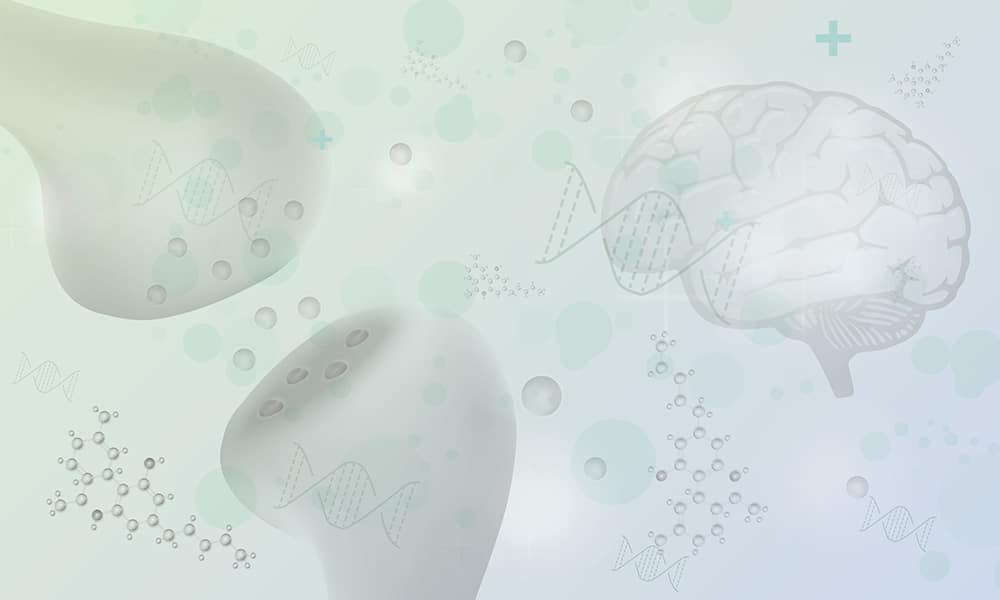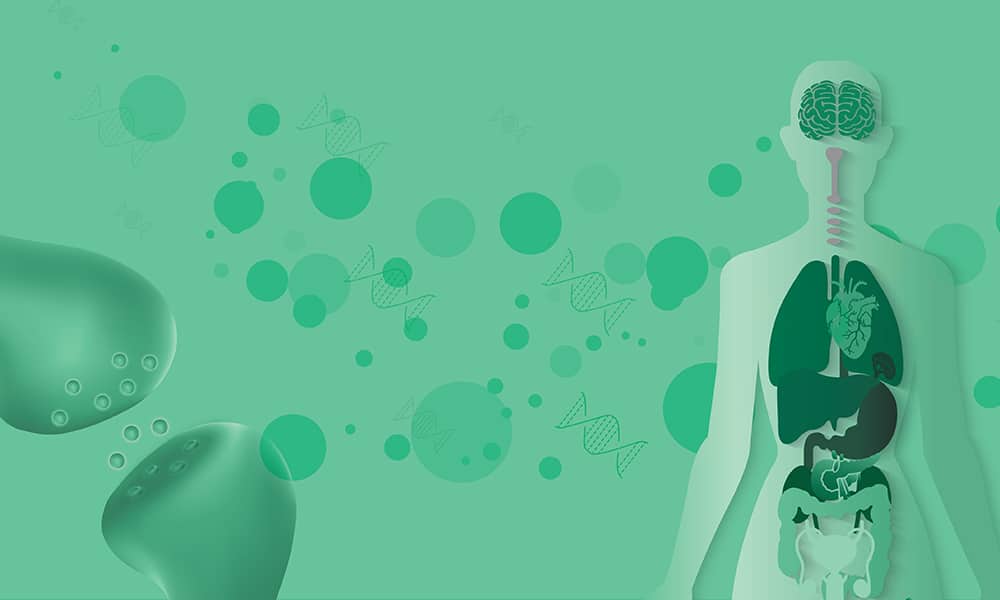In 1990, scientists discovered the endocannabinoid system while researching the effects of cannabis. While it’s still not entirely understood, we do know that the ECS helps to maintain homeostasis (balance) in your body. It regulates numerous functions, such as appetite, mood, sleep, reproduction, temperature, and more. Within the ECS, there are countless receptors called cannabinoid receptors, which play a significant role.
What Are Cannabinoid Receptors?
Cannabinoid receptors are small receptors spread throughout your endocannabinoid system. You have two kinds: CB1 and CB2 receptors. CB1 receptors reside mainly in your central nervous system, while CB2 receptors reside mainly in the peripheral nervous system and immune system. When cannabinoids bind to them, they unlock various effects throughout your body that help to restore balance.
The exact effects vary based on which CB receptors get activated. For instance, activating CB1 receptors can help to alleviate pain, while activating CB2 receptors can reduce inflammation
How Cannabinoid Receptors Work
Your body produces two natural endocannabinoids: 2-AG and anandamide. It makes these endocannabinoids on demand when your body requires balancing. These endocannabinoids bind with the CB receptors in your ECS to unlock the necessary effects.
Once the endocannabinoids have carried out their functions, your body produces special enzymes to break them down. Fatty acid amide hydrolase breaks down anandamide, and monoacylglycerol acid lipase breaks down 2-AG.
THC and CBD In the ECS
Many of the cannabinoids in cannabis interact with your cannabinoid receptors in slightly similar ways. THC is one of the cannabinoids that have a particular affinity for CB1 receptors. It binds perfectly with these receptors, providing such effects as pain relief, relaxation, and appetite stimulation. It also triggers the high that cannabis is well-known for causing. For some, the THC binding with CB receptors can actually lead to unwanted effects, such as exacerbated anxiety and paranoia.
The enzymes that break down natural endocannabinoids don’t work the same on THC. As a result, the effects of THC often last longer. Another important thing to keep in mind is that plant cannabinoids rarely interact with only one type of receptor. Instead, they interact with many different types, which lead to different results.
CBD is another well-known cannabinoid. While it also works within the ECS, it works differently. It doesn’t bind with CB1 or CB2 receptors, as the molecules are too large. They can, however, influence how other cannabinoids bind. For instance, CBD can block THC from binding to certain receptors, which can help to lessen the psychoactive effects.
While CBD doesn’t interact directly with the CB receptors, it does interact directly with serotonin and vanilloid receptors. When it does, it helps to produce a variety of beneficial effects such as pain and anxiety relief.
Maintaining Internal Balance
The cannabinoids in cannabis work within your endocannabinoid system to help restore balance, relieving pain, promoting sleep, reducing anxiety, stimulating the appetite, and so much more. There’s still a lot we don’t know about it, though. As science gains more understanding of the ECS and cannabinoid receptors, it may help pave the way for providing more effective treatments for numerous issues.



